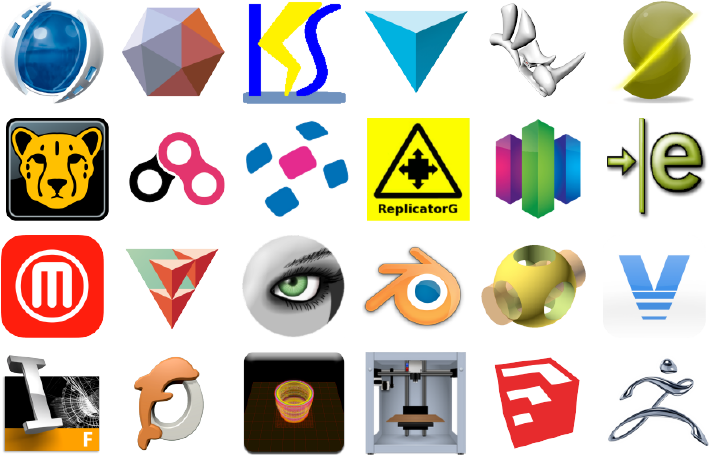
Isn’t there a single software tool that can do all 3D operations you need? No. Definitely not.
In fact, it’s pretty clear you’ll need a suite of tools to do the things you’ll need for 3D printing. Even worse, we propose you may need more than one tool for some specific functions.
The main software tools required by a 3D print operator are: 3D modeling to create or adjust a 3D model; 3D model repairs; 3D printer model preparation (slicing); 3D printer operation to drive and control the printing process.
So you’ll need some combination of software tools to effect the functions above if you hope to successfully 3D print. But this is the problem: a specific tool might not be able to do what you need.
For example, all 3D modeling tools are focused on particular styles of development. You might have a tool designed for creating industrial parts, but have a model best developed by sculpting. Need another tool.
We’ve also encountered situations where a complex model cannot be properly made in a 3D modeling tool and have to resort to performing portions of the design in an alternate tool.
Similarly we’ve found repair tools can be variable in results, perhaps as they use different algorithms and parameters.
Slicing your 3D model for printing is a critical step, as screwups can waste much of your time and print materials. We always check the slicing output to ensure the print matches our intentions. Sometimes tricky model geometries baffles your slicing software and you end up with surfaces where there should be none. We just try slicing in an alternate tool (and a good one to have is Simplify3D).
Maybe it’s just us, but it might be a good idea to have options in your toolkit for handling 3D models for printing.
Bonus: Can you identify all the 3D software tool icons above?

